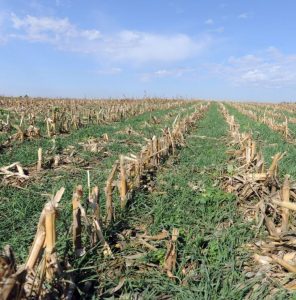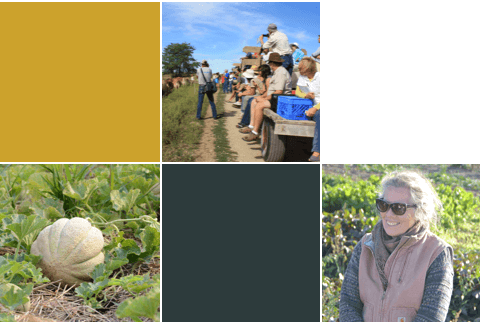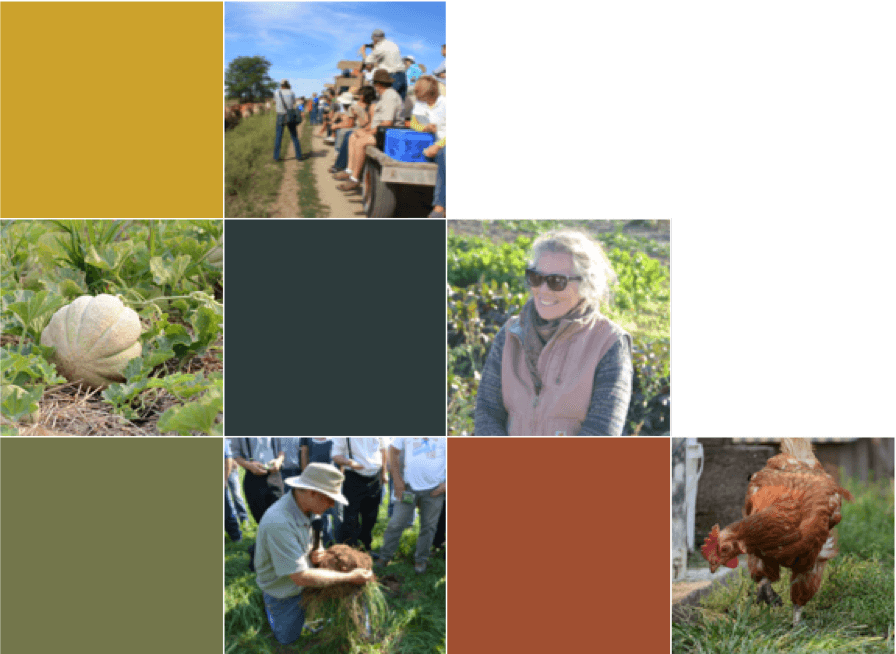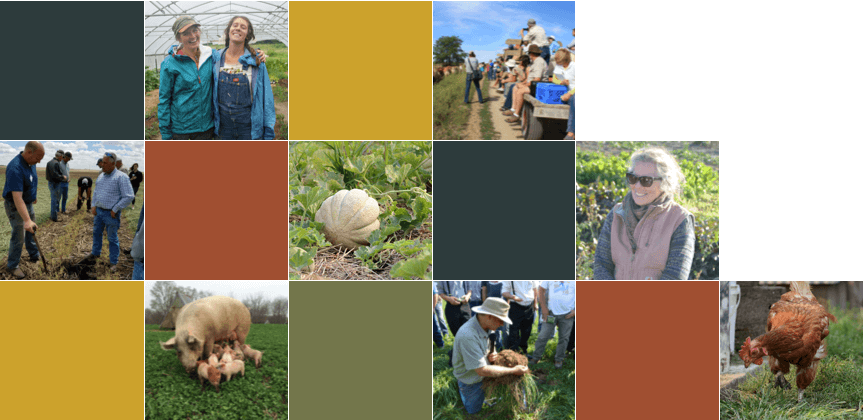Cover Crops Sessions
 Interested in learning more about cover crops? Check out below to see all the cover crop speakers and sessions coming up at the 2019 annual conference! We’ve lined up speakers — farmers, researchers and industry professionals — to talk about how cover crops can help you control weeds, improve soil health, add grazing value, and maybe even add a new business enterprise to your farm. Plus, we have sessions on the practical parts of cover crop management — seeding, spraying, fertilizer management and planting your cash crop — to make sure they’re working for you. The sessions are just a start – the PFI conference is the gathering place for the most knowledgeable cover crop farmers in Iowa, and if you attend the conference, you’ll have the chance to network with those other farmers. See below for more information on the sessions.
Interested in learning more about cover crops? Check out below to see all the cover crop speakers and sessions coming up at the 2019 annual conference! We’ve lined up speakers — farmers, researchers and industry professionals — to talk about how cover crops can help you control weeds, improve soil health, add grazing value, and maybe even add a new business enterprise to your farm. Plus, we have sessions on the practical parts of cover crop management — seeding, spraying, fertilizer management and planting your cash crop — to make sure they’re working for you. The sessions are just a start – the PFI conference is the gathering place for the most knowledgeable cover crop farmers in Iowa, and if you attend the conference, you’ll have the chance to network with those other farmers. See below for more information on the sessions.
Regenerating Degraded Soils With Cover Crops and Livestock
A diversity of crops and livestock is what helps keep the biology in the soil alive and rejuvenated. Come hear from Kansas farmers Darin and Nancy Williams as they share how they have successfully integrated long-term crop rotations, cover crops and grazing livestock. Learn about their regenerative ag principles, like grazing cover crops, and how they’ve come to conclude that soil organic matter is the key to profitability.
Cover Crops for Weed Control in Field Crops
Weed suppression is one of the benefits of including cover crops in your crop rotation sequence. Knowing when your weeds of concern emerge, and how they grow, helps inform when cover crops should be seeded and growing, and what crop species should be selected. Field experiments from across Kansas show that we can reduce weed density and weed size using cover crops as a substitute for one or more weed control practices.
Starting a Cover Crop Seed Business
This session will be a crash course in the basics of starting a cover crop seed business. Mac Ehrhardt of Albert Lea Seed will first discuss seed laws and intellectual property considerations, including licensing and plant variety protection. Dean Sponheim will share how he started a “one-stop shop” for cover crop seeding, including paperwork, contracting seed, equipment and logistics.
No-Till, Manure and Cover Crops on a Dairy and Grain Farm in the Challenging Farm Economy
Dan Meyer says the biggest challenge to overcome in order to make no-till and cover crops successful isn’t mastering the management; it’s ignoring those who tell you it won’t work. In this session, he will discuss several soil and crop benefits resulting from adopting no-till, diversified crop rotations and cover crops. Dan will cover planter setup, spray timing, manure application timing, frost-seeding, cover crop mixes and how to accomplish this without breaking the budget.
Encouraging Cover Crops on the Iowa Landscape
Major barriers to introducing cover crops as a conservation practice include the cost of implementation, yield drag and farmers’ lack of knowledge. This presentation will share ongoing research at Iowa State University, and in collaboration with Practical Farmers of Iowa, to identify factors that contribute to yield drag. This data will be used to develop best management practices for including a cover crop in a corn-soybean production system for “hesitant” farmers.
Grazing Cover Crops for Profit
Cover crops have value as livestock feed – but how much value? On-farm research shows that cover crops can offset the cost of winter feed and put money back into farmers’ pockets. PFI’s livestock program manager Meghan Filbert will share best management practices to maximize the economic value of cover crops, and introduce a decision-making tool developed by Practical Farmers of Iowa and Iowa State University to help analyze the forage value of cover crops.
Panel: Fall Cover Crop Seeding Methods
Adam Nechanicky , Jon Bakehouse
Taking cover crops to a larger scale means achieving solid stands planted affordably at a fast pace over 60 percent of Iowa. Learn from farmers Adam Nechanicky and Jon Bakehouse, who have over a decade of combined cover crop experience with multiple seeding methods including: a highboy, a Hiniker seeder, a Kinze 3600 Interplant, a Great Plains drill, a broadcast seeder, a spinner spreader and aerial application at various times during the growing season.
Panel: Planting Corn and Soybeans Following a Cover Crop
Trent Sanderson, Brent Larson, Jacob Bolson
What disk-openers should I use? How much down pressure do I need? Should I use trash whippers? What about strip-till versus no-till? When and how are others terminating a cover crop? What if I’m organic and use tillage? These are among the many questions farmers ask when considering planting corn or soybeans following a cover crop. This panel session will address these concerns, as well as planting cash crops into living cover crops and more!
Using Science and On-Farm Research to Investigate Cover Crops in Iowa
Since 2008, Practical Farmers of Iowa and its partners in the Iowa Cover Crop Working Group have conducted on-farm cover crop research across the state. Projects have addressed species selection, seeding methods, effects on cash crop yield and soil health indicators, and the economic value of cover crops. This session will recap what’s been done and what is on the horizon for on-farm cover crop research.
What’s the Soil Missing? Integrated Crop Rotation and Livestock
Northern Illinois farmer Trent Sanderson will share practical advice on renovating and improving crop fields with red clover, winter wheat, strip-tilled corn and no-tilled soybeans with cover crops. Trent will also discuss grazing ruminant livestock on annuals and perennial pastures to leave the soil better, and share how he is reducing his dependence on inputs by farming differently.
Questions?
Contact Maggie at (515) 232-5661, or maggie@practicalfarmers.org.





